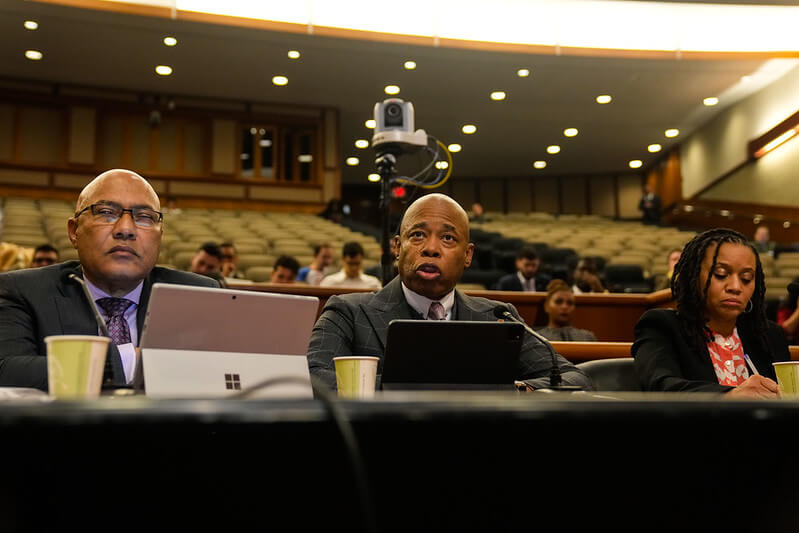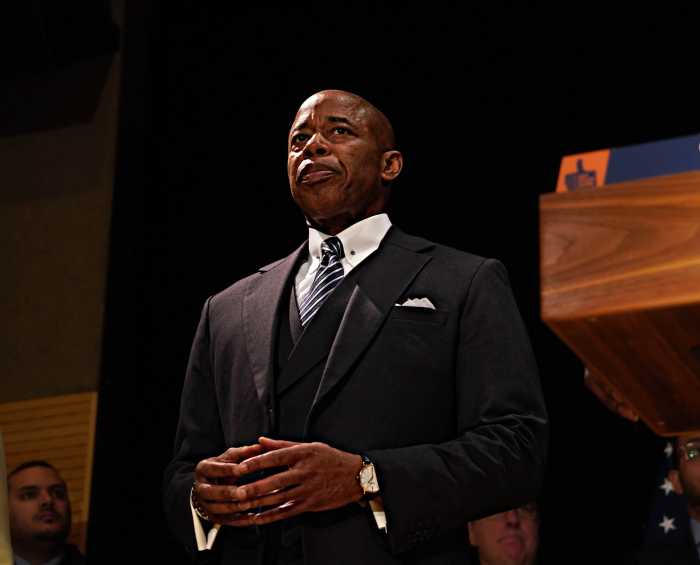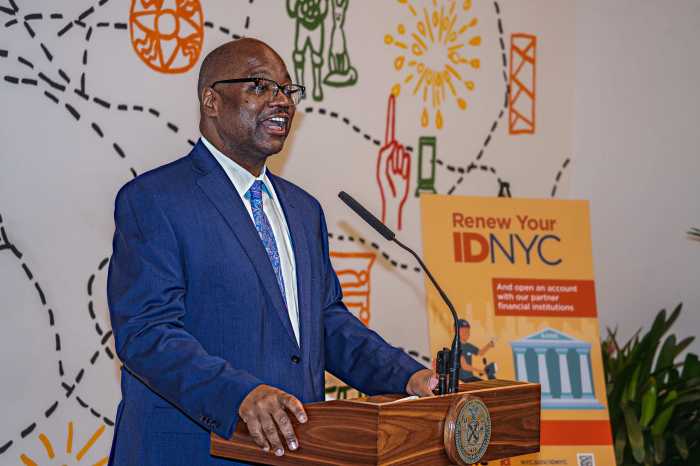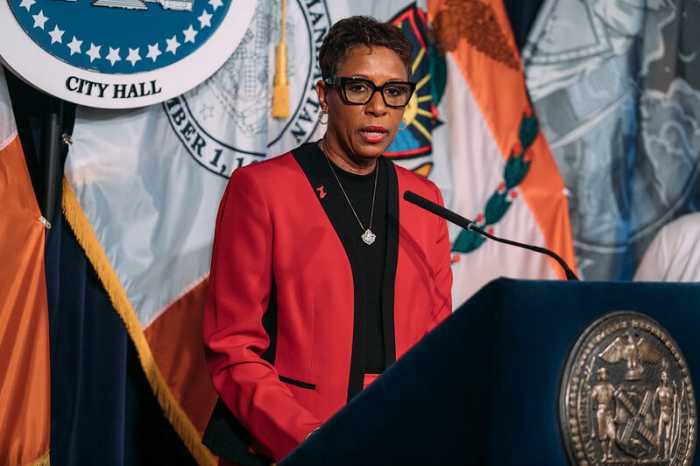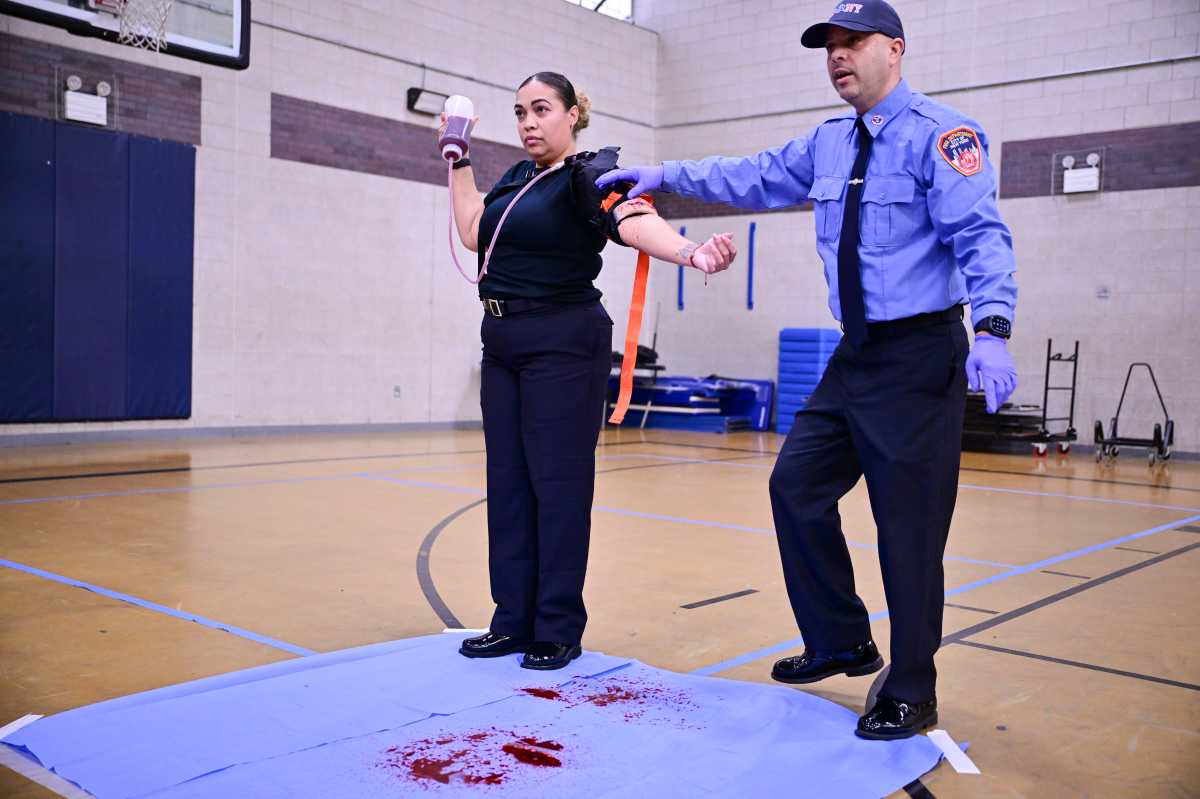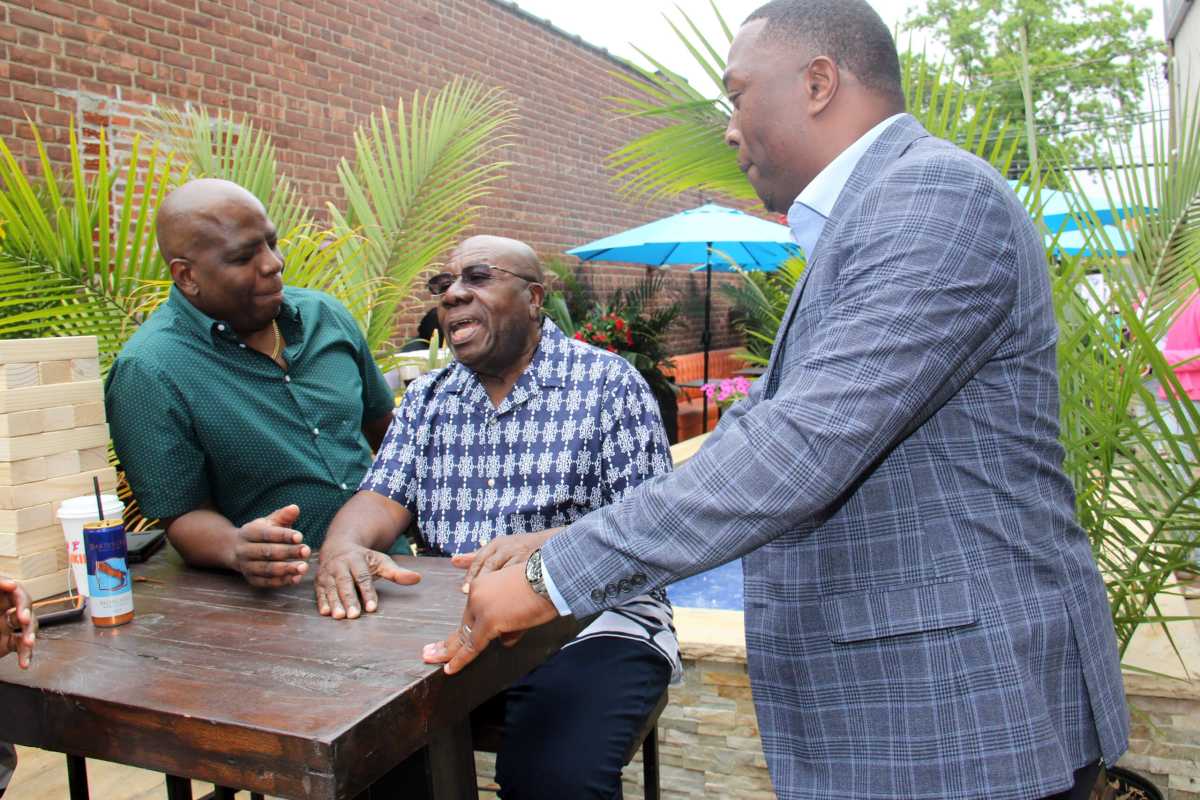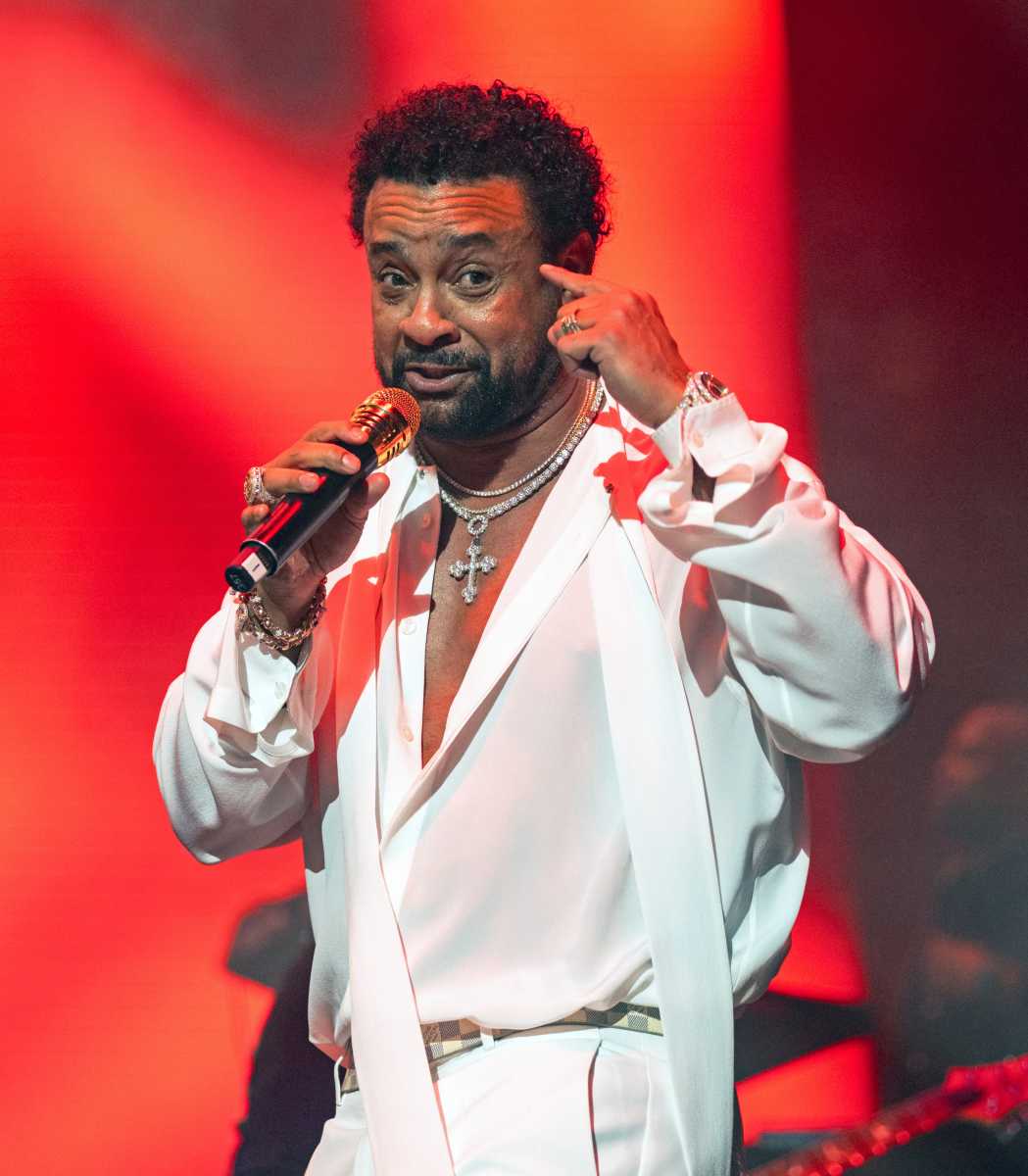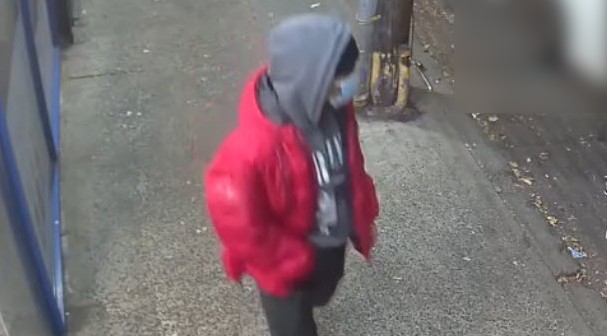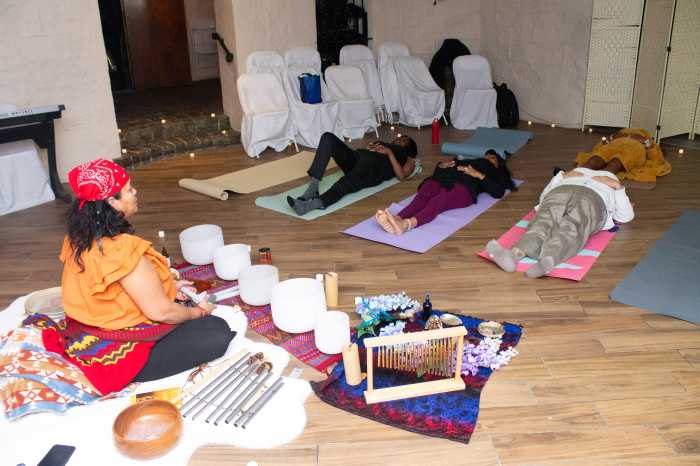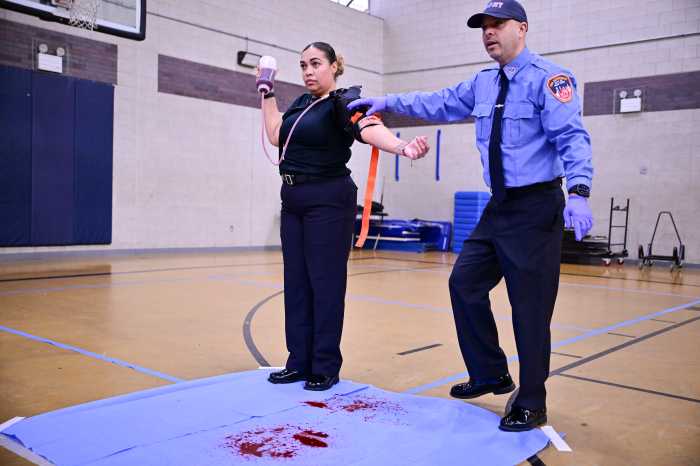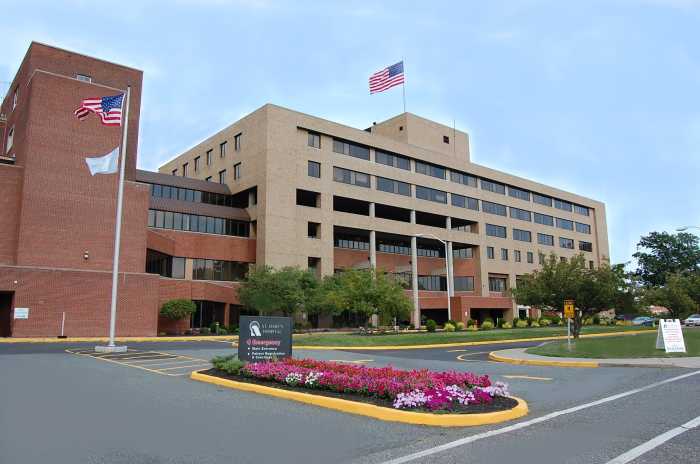Officials with Mayor Eric Adams’ administration said on Wednesday they want the state to pick up half the cost of the migrant crisis that has engulfed the Big Apple over the past year — far more than the one-third portion that Governor Kathy Hochul proposed paying in her executive budget for the coming fiscal year.
Adams’ Budget Director Jacques Jiha said due to the fact that the GOP-controlled House is unlikely to approve any more federal funding for cities struggling to handle the influx of migrants over the southern border, like New York, the state should be splitting the cost with the city 50-50.
Jiha made the comments while testifying alongside Adams during a joint hearing on Hochul’s Fiscal Year 2024 budget held by the state Senate Finance Committee and Assembly Ways and Means Committee Wednesday morning — part of the annual event where mayors travel to Albany requesting state funds, humorously known as “Tin Cup Day.”
“The governor basically proposed a formula of a third funding from the federal government, a third funding from the state and a third from the city,” Jiha said. “As you know, in the Republican-led House, it’s highly unlikely that we’re going to get anything from the federal government. So therefore, from our perspective, if you want to split the costs, at least it should be at a minimum 50-50.”
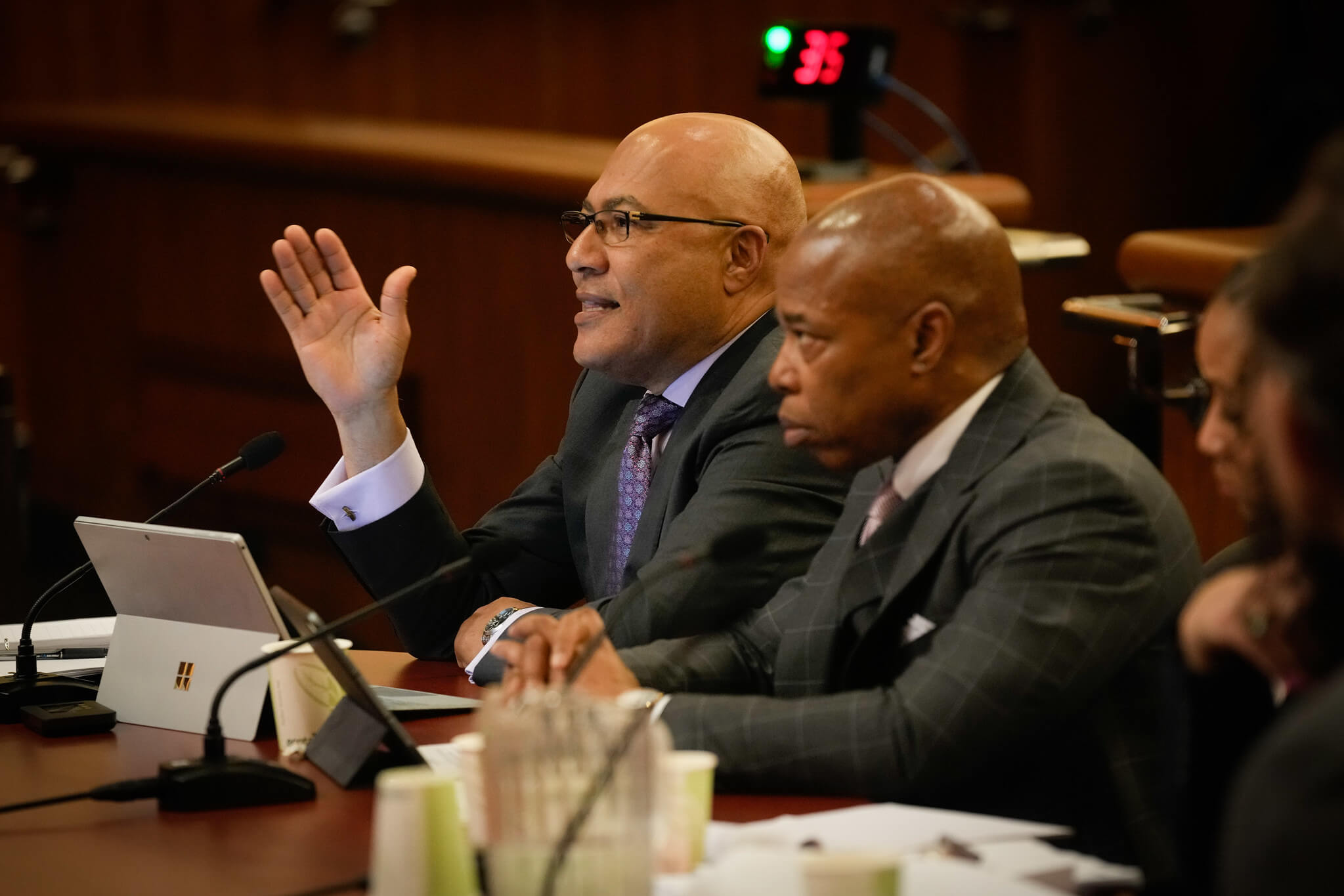
In her $227 billion executive budget unveiled late last month, Hochul proposed shelling out $1 billion in state aid to help the city handle the massive cost incurred by the crisis. May Adams has maintained that that’s hardly enough to cover the estimated $4.2 billion price tag, over the current and next fiscal years, of providing for the roughly 45,000 asylum seekers who’ve arrived here since last April — over 29,000 of whom are in the city’s care.
The $1 billion Hochul has committed would cover roughly 29% of what the city is spending on sheltering asylum seekers — the standard amount the state reimburses the city for shelter costs annually, even before the influx.
Additionally, the city has gotten $8 million in financial assistance from the Federal Emergency Management Agency (FEMA), and is due to receive some portion of $800 million allocated by Congress last year to help municipalities on the front lines of the crisis.
But according to Jiha, that money, combined with what’s coming from the state, means the city would still need to come up with roughly $3.2 billion. Making matters worse is the tight timeline of the city budgeting process, in which the mayor must present his executive budget proposal by the end of April.
“The urgency of the timeline is very critical for us,” Jiha said. “If we don’t have those resources, we have only two months to balance our budget, because we’re coming up to the executive budget at the end of April and we have to balance [the] Fiscal Year ‘23 and Fiscal Year ‘24 [budgets]”
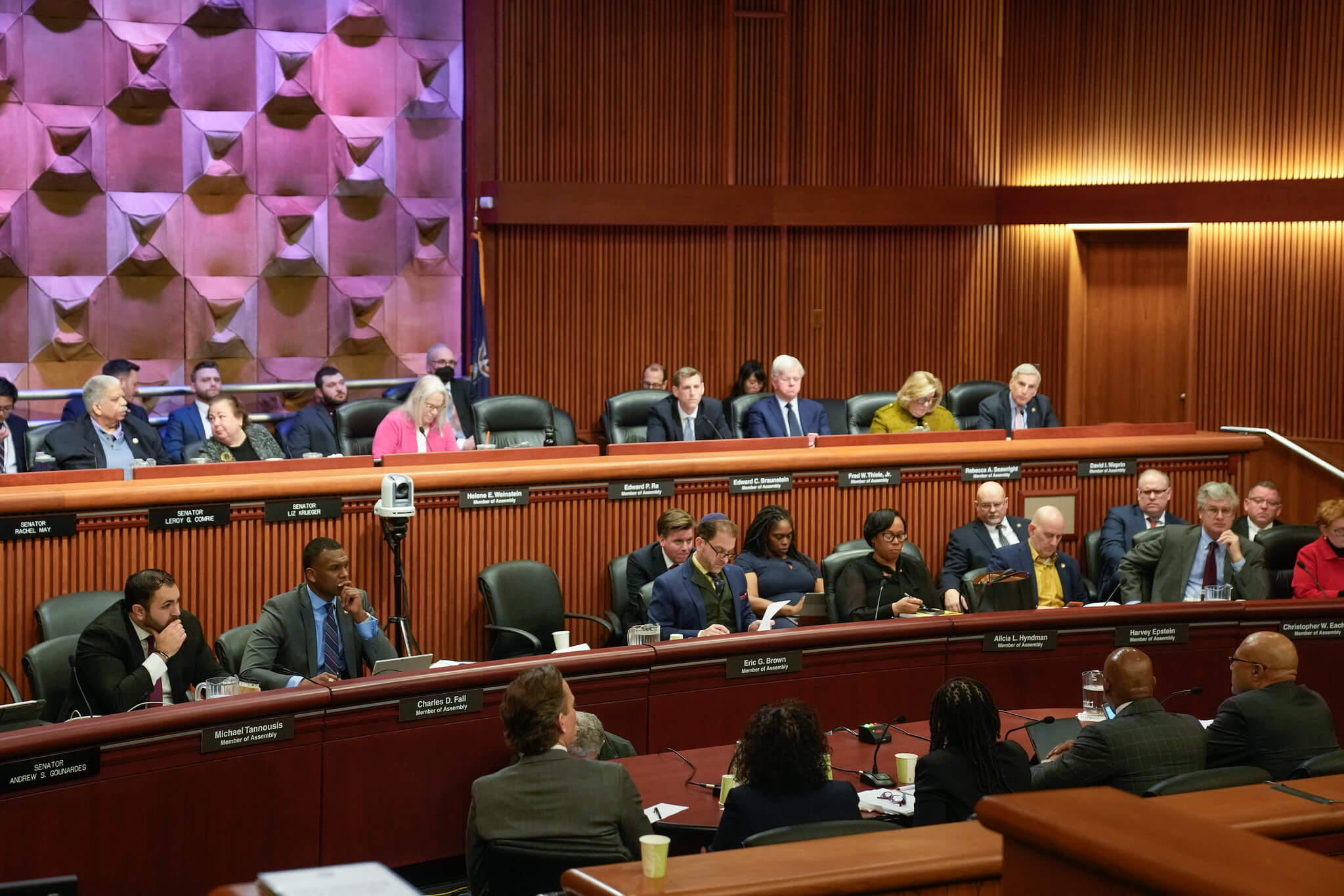
If the city doesn’t get the funding it needs either from the state or federal governments soon, the mayor said Wednesday, it will severely impact its ability to deliver other critical services.
“It’s a real frightening experience when you think about it: $4 billion in our budget,” Adams said. “Every service in the city is going to be impacted.”
On top of the migrant crisis cost, the mayor also protested Hochul’s request that the city shell out an additional $500 million-a-year to fund the MTA; and said the state must give the city more resources to handle the estimated $1 billion cost of citing up to 85 new charter schools in the five boroughs under her proposal to lift the cap on additional charters.
But State Senator Liz Krueger (D-Manhattan), who chairs the upper chamber’s finance committee, said that according to her own calculations, the state has only been paying about 16% of the city’s costs for the asylum seeker influx.
“If we say we’re giving the city 29%, whether you think it should be 50% or not, we can discuss that, I think we’re not giving you 29% I think we’re giving you much less,” Krueger said. “We really don’t know what the total numbers are three months down the road or a year-and-a-half down the road. But it seems to me we ought to have a fair and honest conversation about the percentage the state is picking up.”



